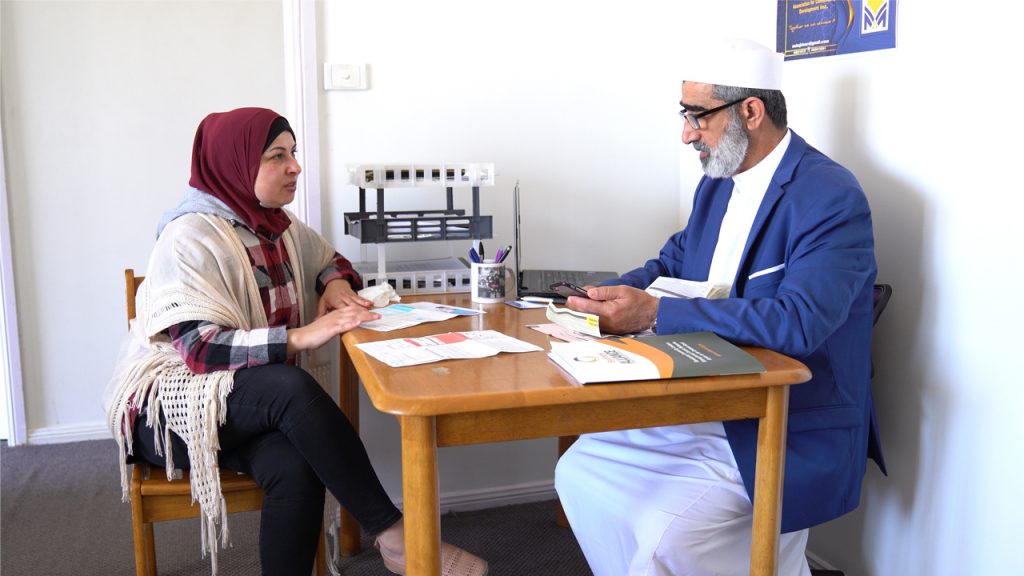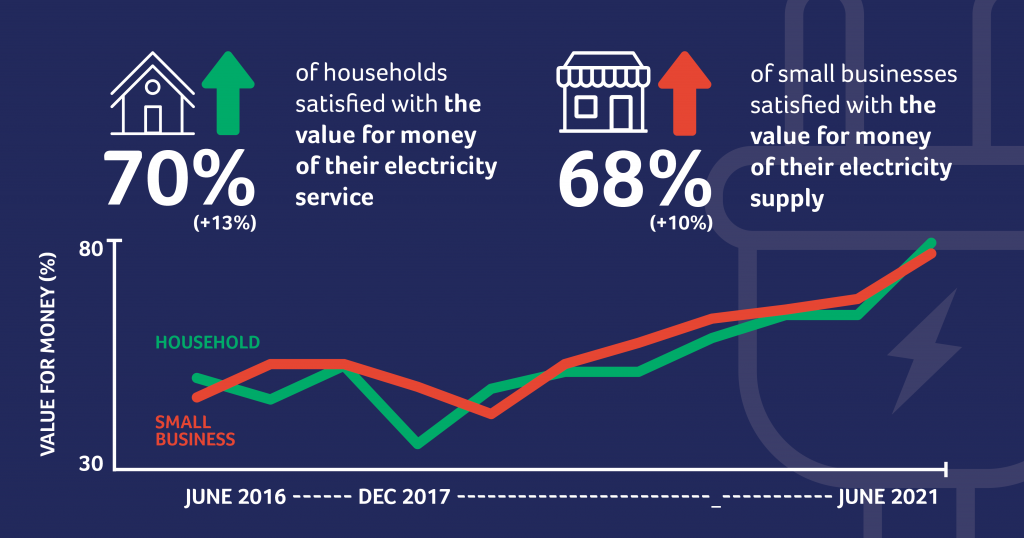If you would like to subscribe to the Energy Consumers Australia mailing list please click here.
From the CEO
Dear Readers,
As we navigate another hard lockdown here in Sydney, and with many other people and places around Australia also facing restrictions, I am constantly reminded of the importance of the discussion we are initiating with our Foresighting Forum webinar series (which starts this Thursday, July 1). Once again, so many of us are relying on our homes as our office, school, gym and entertainment centre. How well positioned is our current energy system or the one we are transitioning to, to respond to such sudden shifts in consumer needs and expectations?
The shocks of the past 18 months, including this pandemic, bushfires, storms and other extreme weather events have exposed valuable lessons in how people interact with the energy system, how vital it is to their everyday lives and how social practices and energy usage patterns that once seemed rigidly predictable can be turned upside down. Are we taking note of those lessons? Are we applying them to the energy system transition that is underway?
Our first webinar - on July 1 - explores the dangers of making assumptions about what consumers need or how they will behave in the future when planning how to design or operate the energy system. We are delighted to announce that due to strong demand we have expanded the event to allow for a limited number of additional registrations. Join us, the Australian Bureau of Statistics and the Digital Energy Futures team from the Emerging Technologies Lab at Monash University for what we hope will be a thought provoking and impactful discussion for the sector’s leaders, thinkers and decision-makers.
Staying warm in winter

It is abundantly clear that the pandemic we are living through is far from over and, as winter sets in, the ripples of Covid-19 continue to be felt. We’ve seen the coldest start to an Australian winter in more than a century in some parts of Australia, and it is vital that we make sure that every Australian, including our most vulnerable, can stay warm, safe and comfortable through this period.
In this context the Australian Energy Regulator (AER) has adapted the protections afforded to consumers during the pandemic – as outlined in the Statement of Expectations (SoE) - and replaced it with three principles under a “Standby Statement of Expectations” that can be applied during periods of lockdown. These are:
- Offer all residential and small business consumers who indicate they may be in financial stress a payment plan or hardship arrangement.
- Do not disconnect any residential or small business consumers who may be in financial stress (including residential and small business consumers in an embedded network) without their agreement.
- Defer referrals of residential and small business consumer to debt collection agencies for recovery actions or credit default listing.
As strong advocates for all energy consumers, and for the idea that the energy system must be an inclusive one that works for all, this is a complex matter. We applaud the efforts made by many across the energy sector to apply a pragmatic and compassionate filter to the events of the past 18 months. We also recognise that these protections could not remain in place perpetually. As more and more consumers have been placed onto debt or payment deferment programs the average size of the debts they owe has continued to grow.
New data from the AER shows that average energy debts are now roughly equivalent to a year’s worth of bills. This means the amount owed by some could be much higher. By continuing to defer repayment into the future there is a very real chance that we would be helping households and businesses accrue energy debts they could never realistically repay (or that would take a crippling amount of time).
Lifting the SoE is necessary (with some sensitivity applied to areas that are currently locked down) but it does not and should not stop retailers from doing the right thing. Pragmatic compassion is still very much required. Like the regulator itself we will be closely monitoring disconnections and we urge any consumers who need these protections to contact their retailer an ask for them before the end of this month.
We also encourage anyone who is struggling to check out our resources page which outlines some helpful tips and tools for consumers.
Our research showing surge in positive sentiment

In brighter news, our bi-annual Retail Tariff Tracker report which we released earlier this month, recorded that average energy costs for small business have fallen by 4% nationally. This is backed by the results of our recently-released Energy Consumer Sentiment Survey (ECSS). Our June 2021 survey results show a record number of Australians viewing energy services as good value for money, part of a rising tide of positive sentiment when it comes to affordability. For the first time we have moved from presenting the survey as a paper document to hosting it on an interactive microsite where you can generate and share your own charts as you browse the nation’s most comprehensive snapshot of energy sentiment.
We are also introducing a new Energy Consumer Behaviour Survey (ECBS), which will be published by October 2021. Some questions previously asked in the ECSS have been incorporated into this new survey, which has allowed us to add new questions in the ECSS that are future focussed, exploring aspects of the energy system transition that is underway. These new questions revealed that despite increased confidence about the current energy situation, consumers are feeling more circumspect about the future.
We would love to hear your feedback on the new microsite, our findings and your thoughts on the results. Please email us here.
People over policy
Speaking about the transition, our response to the Post 2025 Market Design Options Paper is centered around our conviction that this future design must serve the long-term interests of Australian households and small businesses. Much like our webinar series, our submission focuses on the need to address technical design challenges in the context of the values, expectations and needs of energy consumers.

On the recruitment front I am looking for an experienced Executive Assistant who will work directly with me to provide high-level responsive, strategic and operational support including for our Executive Management Team . Apply now before July 8, 2021.
Finally, entries open on July 1 for the Consumer Engagement Award which recognises an Australian energy network business that is demonstrating outstanding leadership in consumer engagement. I look forward to seeing more examples of networks meeting and exceeding consumer needs in the energy space and will be excited to share the best of them with you later in the year.
Looking forward to seeing you online at our Foresighting Forum webinars and thank you for reading, we welcome your feedback as always here.
Lynne Gallagher
Chief Executive Officer
